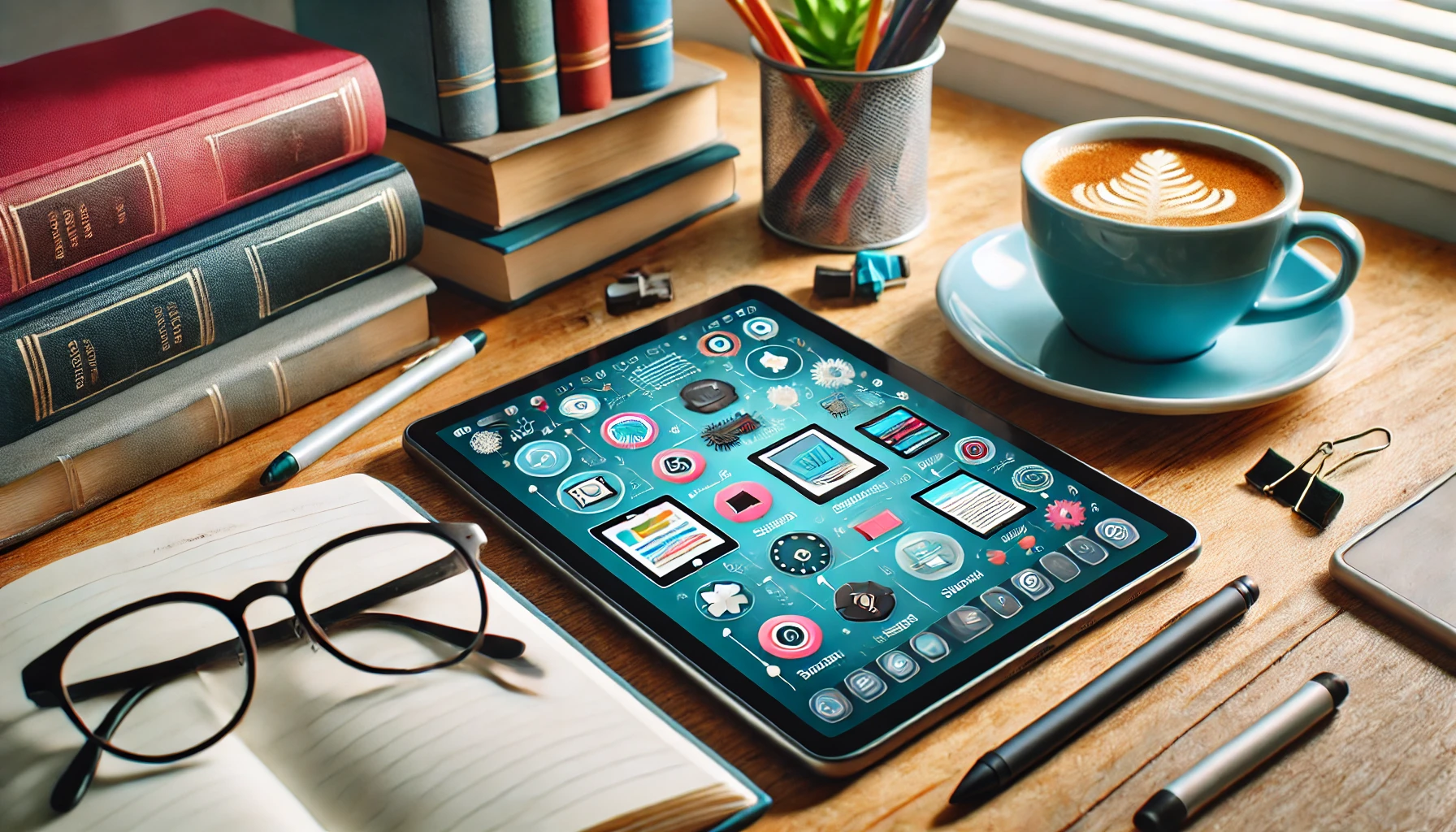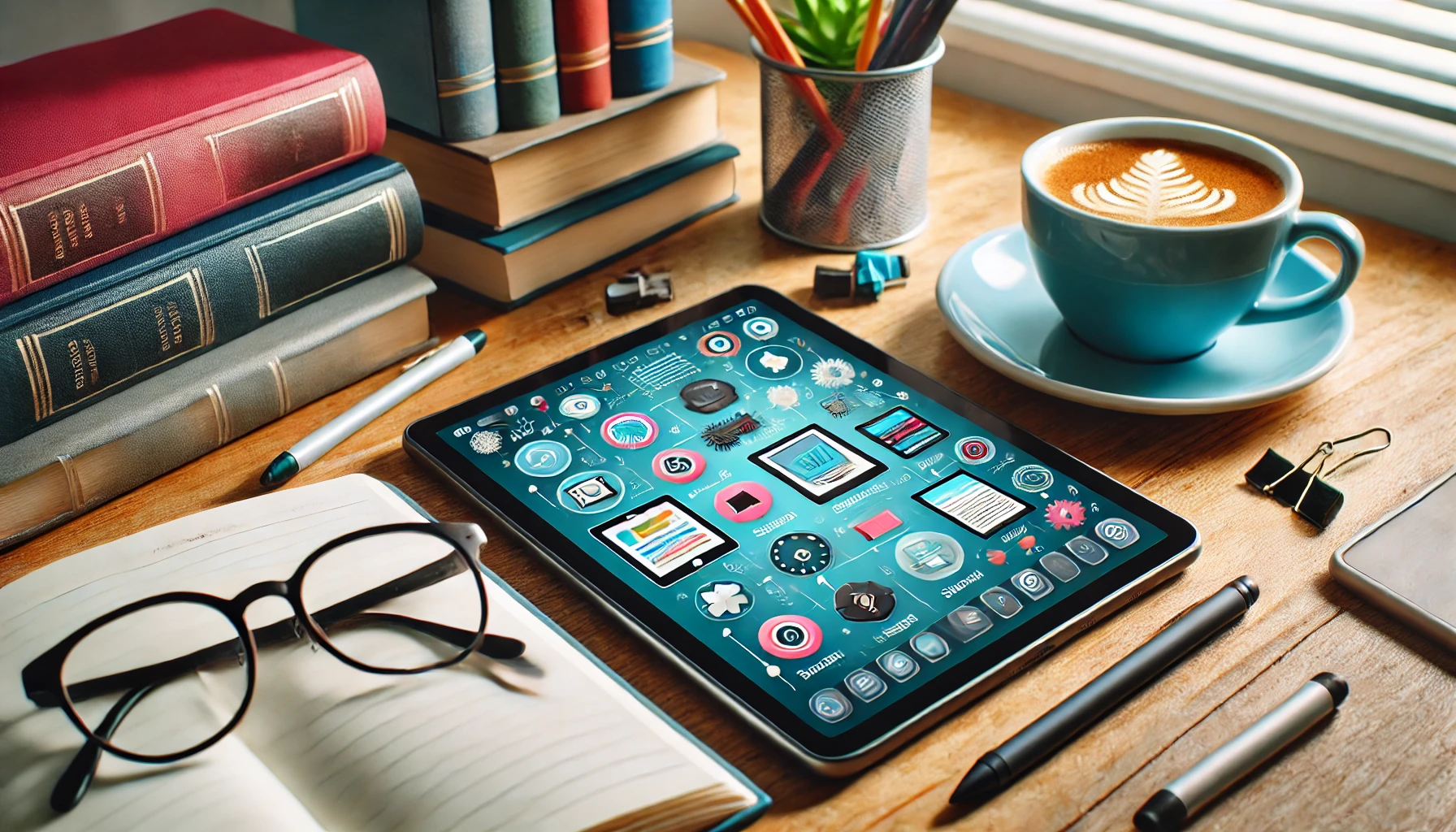
Tablets have revolutionized the way we approach education, offering unparalleled flexibility, convenience, and resources at our fingertips. Whether you are a student seeking efficient study tools or a lifelong learner exploring new knowledge avenues, leveraging a tablet can enhance your learning experience significantly. This guide delves into the benefits of tablet-based learning, tips for selecting the right device, and strategies to maximize productivity.
1. What Are the Benefits of Learning with Tablets?
Paperless and Environmentally Friendly
Learning with tablets eliminates the need for traditional paper-based resources such as textbooks, notebooks, and printed handouts. This not only reduces environmental impact but also helps save money in the long run. For example, digital textbooks are often more affordable and readily accessible compared to their physical counterparts. Moreover, students can annotate directly on digital materials, keeping their workspace clutter-free.
Study Anytime, Anywhere
Tablets are lightweight, portable, and versatile, making it easy to study regardless of location. Whether you are commuting, traveling, or simply relaxing at a café, your learning materials are always accessible. This flexibility can help maintain study consistency. For instance, a student preparing for exams might find it helpful to review key concepts on a tablet during short breaks or while on the go.
Diverse Learning Resources
From interactive eBooks and video tutorials to advanced educational apps, tablets offer a wealth of resources that cater to various learning styles. Visual learners can benefit from apps like Khan Academy, while auditory learners may prefer podcasts or language apps. Additionally, gamified learning platforms make studying enjoyable, motivating users to stay engaged over time.
2. Tips for Choosing the Right Tablet
Optimal Size and Specifications for Learning
When selecting a tablet for educational purposes, size and specifications play a crucial role. Larger screens, such as 10 to 12 inches, provide better visibility for reading eBooks and taking notes. On the other hand, smaller tablets are more portable but may compromise ease of use for extended study sessions. Additionally, ensure the tablet has sufficient processing power (e.g., a multi-core processor) to run educational apps seamlessly and a storage capacity of at least 64GB to accommodate files and apps.
Stylus and Keyboard Compatibility
For students who prefer writing notes by hand or working on assignments, stylus support is essential. Tablets like the iPad or Samsung Galaxy Tab offer advanced stylus features that simulate natural handwriting. Similarly, attaching a keyboard can turn your tablet into a mini laptop, ideal for typing essays or conducting research. For instance, a student writing a term paper may find a keyboard indispensable for productivity.
Battery Life and Durability
A long-lasting battery ensures that your learning sessions are uninterrupted, especially during travel or when power outlets are not readily available. Look for tablets with at least 8–10 hours of battery life. Additionally, durable build quality, including reinforced glass or protective cases, helps safeguard your investment from accidental damage, ensuring longevity and reliability.
3. How to Use Apps Effectively for Learning
Organize Notes with Dedicated Apps
Note-taking apps such as Notability, GoodNotes, or Microsoft OneNote allow you to create, organize, and store notes in a systematic way. These apps often support multimedia, enabling you to embed images, audio recordings, and even PDFs. For example, a medical student can use OneNote to combine lecture notes with diagrams and audio explanations, creating a comprehensive learning resource.
Maximize Language Learning with Specialized Apps
Language learning apps like Duolingo, Rosetta Stone, or Babbel leverage interactive exercises to make learning new languages engaging and effective. For instance, Duolingo’s gamified approach uses points and streaks to motivate learners, while Rosetta Stone focuses on immersive language practice. Such apps are particularly useful for students preparing for language exams or international trips.
Deepen Understanding Through Video Learning
Platforms like Khan Academy, Coursera, or YouTube offer a vast array of educational videos across various subjects. Whether you’re studying calculus or exploring history, video content provides visual explanations that simplify complex topics. For instance, a student struggling with physics might find a step-by-step video tutorial on Newton’s laws much easier to understand than reading a textbook.
4. Setting Up an Ideal Learning Environment
Maintain Good Posture with a Tablet Stand
Using a tablet stand can prevent neck and back strain during prolonged study sessions. Adjustable stands allow you to position the tablet at eye level, promoting a comfortable and ergonomic posture. For example, students studying at their desks for hours can benefit from a stand to avoid slouching and fatigue.
Reduce Eye Strain with Blue Light Filters
Many tablets come with built-in blue light filters or night modes to reduce eye strain. Activating these features during evening study sessions can minimize discomfort and help maintain healthy sleep patterns. If your device lacks this feature, third-party apps like f.lux can be installed. For example, a student revising late at night may find their focus and comfort improved with reduced screen glare.
Eliminate Distractions by Adjusting Notifications
Disabling non-essential notifications can help you maintain focus during study sessions. Most tablets have “Do Not Disturb” or “Focus Mode” settings that silence alerts while allowing critical notifications to pass through. For instance, a student working on a digital assignment might activate Focus Mode to prevent interruptions from social media or other apps.
5. Strategies to Maintain Consistency in Tablet Learning
Develop a Study Plan with Clear Goals
Setting a study schedule with specific goals helps you stay on track and measure your progress. Apps like Todoist or Trello can assist in organizing tasks and deadlines. For example, a student preparing for a certification exam might create a weekly plan to cover specific topics, ensuring steady progress without feeling overwhelmed.
Regularly Update Apps and Learning Materials
Keeping your apps and resources updated ensures you always have access to the latest features and content. Educational apps frequently release new lessons, quizzes, or interactive tools. For instance, a language learning app may introduce advanced modules that better suit your growing proficiency, enhancing your learning experience.
Maintain Motivation with Reward Systems
Incorporating rewards for meeting study goals can help sustain motivation. For instance, you could allow yourself a break to watch a favorite show after completing a challenging chapter. Gamified learning apps often include built-in reward systems, such as badges or points, which can further incentivize progress. For example, Duolingo’s streak system motivates users to practice daily to maintain their streak.
Conclusion
Tablets offer an exceptional combination of flexibility, functionality, and convenience for modern learners. From reducing paper waste and accessing a multitude of resources to creating a focused learning environment, the potential for academic growth is immense. By selecting the right device, utilizing essential apps, and setting up a conducive workspace, you can unlock the full benefits of tablet-based learning. Remember, consistency is key to long-term success. With these strategies in place, your tablet can become a powerful tool to enhance your education and skill development.
